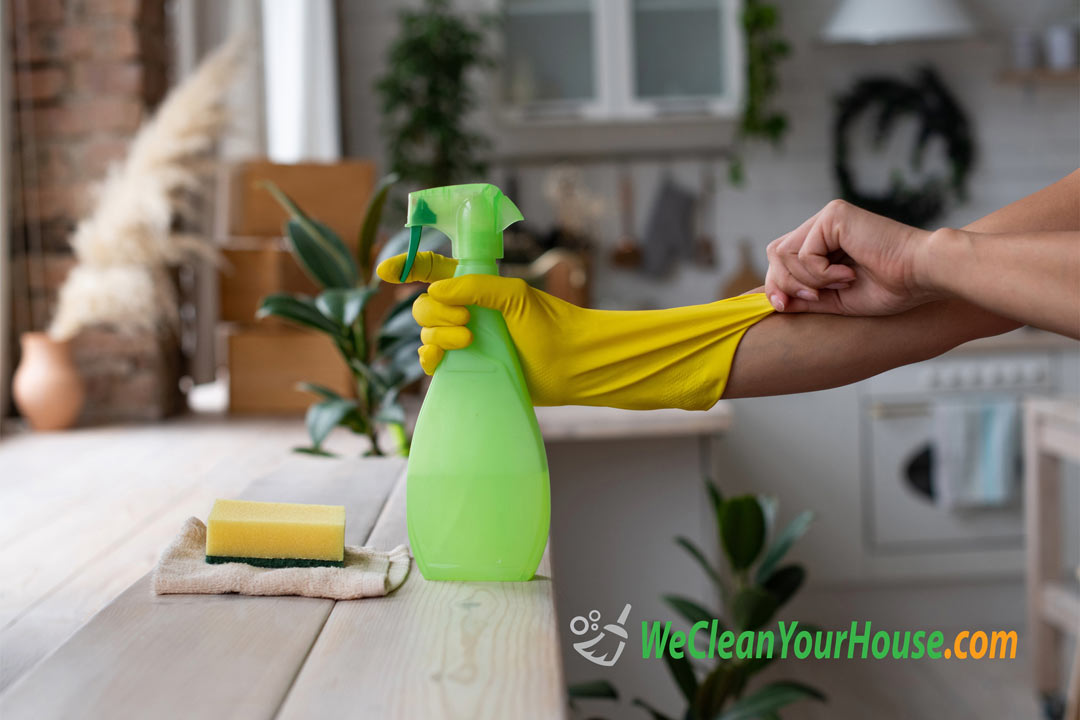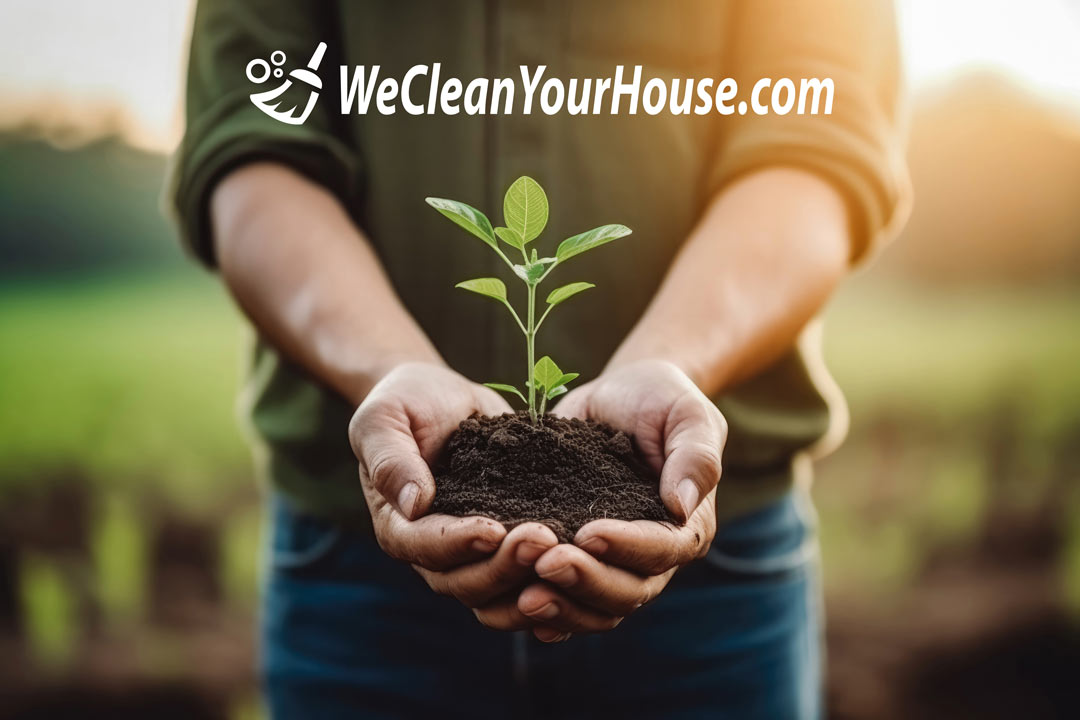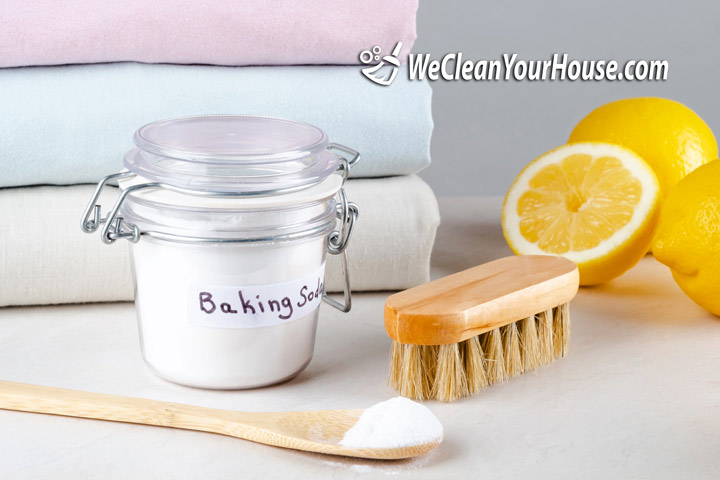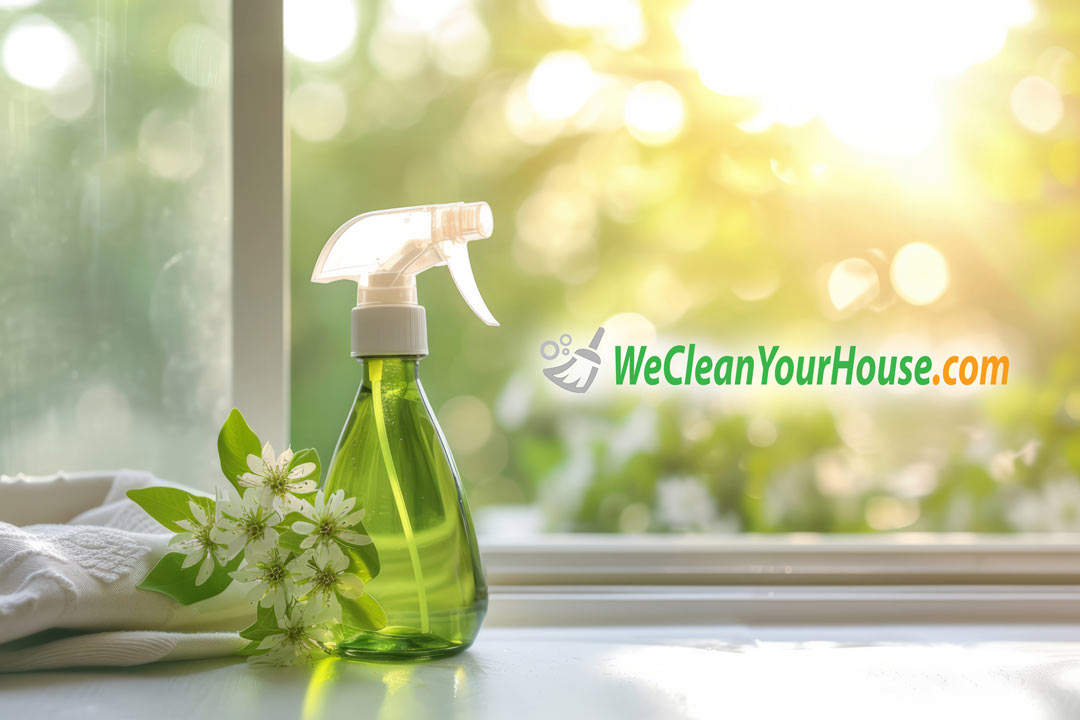In today’s world, where environmental concerns are at the forefront of discussions, green cleaning has emerged as a crucial practice for maintaining a healthy home while minimizing our impact on the planet. But what exactly does green cleaning entail? Essentially, it involves using cleaning methods and products that are designed to be environmentally friendly, reducing exposure to harmful chemicals and minimizing waste. This article will delve into the importance of green cleaning, the harmful chemicals found in traditional cleaning products, the benefits of opting for green alternatives, practical tips for incorporating eco-friendly cleaning habits into your daily routine, and much more.

Common Harmful Chemicals in Traditional Cleaning Products
Traditional cleaning products often contain a cocktail of harmful chemicals that can pose risks to both human health and the environment. These chemicals include ammonia, chlorine bleach, phthalates, and synthetic fragrances, among others. Ammonia, for example, can irritate the respiratory system and contribute to indoor air pollution, while chlorine bleach releases toxic fumes and can be harmful if ingested or inhaled. Phthalates, commonly found in air fresheners and fragranced cleaning products, have been linked to hormonal disruptions and reproductive issues. Moreover, these chemicals can have detrimental effects on aquatic ecosystems when washed down the drain, contributing to water pollution and harming marine life.
Benefits of Green Cleaning Products
Making the switch to eco-friendly cleaning products offers numerous benefits for both your health and the environment. By opting for natural, plant-based ingredients and avoiding harsh chemicals, you can reduce the risk of allergic reactions, respiratory problems, and other health issues associated with exposure to toxic cleaning agents. Furthermore, green cleaning products are biodegradable and non-toxic, meaning they break down safely in the environment without leaving behind harmful residues. This makes them a safer choice for your family and for future generations.
Tips for Eco-friendly Cleaning Practices
Transitioning to green cleaning practices doesn’t have to be daunting. There are plenty of simple yet effective steps you can take to make your cleaning routine more sustainable. Start by swapping out conventional cleaning products for green alternatives that are free from harsh chemicals and synthetic fragrances. You can also make your own cleaning solutions using natural ingredients like vinegar, baking soda, and lemon juice, which are effective at cutting through dirt and grime without harming the environment. Additionally, consider investing in reusable cleaning tools and equipment, such as microfiber cloths, sponges made from natural materials, and refillable spray bottles, to minimize waste and reduce your carbon footprint.

Green Cleaning Tools and Equipment
In addition to using green cleaning products, choosing the right tools and equipment can further enhance the sustainability of your cleaning routine. Look for cleaning tools made from renewable or recycled materials, such as bamboo or recycled plastic, which are durable and eco-friendly alternatives to conventional options. Energy-efficient appliances, such as washing machines and vacuum cleaners with high Energy Star ratings, can also help minimize energy consumption and reduce your environmental impact.
How to Incorporate Green Cleaning Habits into Your Daily Routine
Making green cleaning habits a part of your daily routine is key to maintaining a clean and healthy home while reducing your environmental footprint. Start by implementing simple switches, such as using reusable cleaning cloths instead of disposable paper towels and opting for concentrated cleaning products that require less packaging. Creating a cleaning schedule can also help you stay organized and ensure that you tackle different areas of your home regularly, preventing the buildup of dirt and grime.
Eco-friendly Cleaning for Specific Areas of the Home
Each area of your home presents unique cleaning challenges, but with the right approach, you can keep every room clean and eco-friendly. In the kitchen, for example, you can use natural disinfectants like vinegar and hydrogen peroxide to clean countertops and sanitize cutting boards, while in the bathroom, baking soda can effectively remove soap scum and mineral deposits from surfaces. In the living room and bedroom, regular dusting with a microfiber cloth can help reduce allergens and improve indoor air quality.
Green Cleaning for Different Surfaces
Different surfaces require different cleaning methods to ensure effective cleaning without causing damage. When cleaning hardwood floors, for instance, avoid using harsh chemical cleaners and instead opt for a pH-neutral floor cleaner or a homemade solution of vinegar and water. For carpets, steam cleaning with hot water and green detergent can effectively remove dirt and stains without the need for harsh chemicals. Similarly, when cleaning countertops and windows, choose eco-friendly cleaning products that are safe for use on specific surfaces and won’t leave behind toxic residues.

Green Cleaning and Pet Safety
If you have pets, it’s important to be mindful of the cleaning products you use to ensure their safety and well-being. Many traditional cleaning products contain ingredients that can be harmful to pets if ingested or inhaled, such as ammonia, bleach, and phenols. To protect your furry friends, opt for pet-friendly cleaning solutions that are free from harsh chemicals and synthetic fragrances. Alternatively, you can make your own pet-safe cleaners using natural ingredients like vinegar, baking soda, and essential oils.
Eco-friendly Cleaning When Moving or Renovating
Moving or renovating your home presents an opportunity to incorporate eco-friendly cleaning practices into your cleaning routine. When packing up your belongings, use green packing materials like biodegradable bubble wrap and cardboard boxes made from recycled materials. During renovation projects, choose low-VOC (volatile organic compound) paints and finishes, which emit fewer harmful chemicals into the air. Additionally, consider donating or recycling items you no longer need rather than sending them to the landfill.
Green Cleaning and Water Conservation
Green cleaning not only reduces exposure to harmful chemicals but also helps conserve water, a precious resource. By using concentrated cleaning products and efficient cleaning techniques, you can minimize water usage while still achieving sparkling clean results. For example, instead of running the tap continuously while scrubbing dishes, fill a basin with soapy water and rinse them all at once. Similarly, when cleaning surfaces, use a spray bottle to apply cleaning solution sparingly rather than soaking the area with excess water.
The Future of Green Cleaning
As awareness of environmental issues continues to grow, the demand for eco-friendly cleaning products and practices is on the rise. Manufacturers are increasingly developing innovative solutions that prioritize sustainability without compromising on performance. From biodegradable packaging to plant-based formulas, the future of eco-friendly cleaning looks promising. By embracing these advancements and making conscious choices in our daily lives, we can protect our homes and the planet for generations to come.
Conclusion
In conclusion, green cleaning is not only beneficial for the environment but also essential for safeguarding our health and well-being. By making simple switches to eco-friendly cleaning products and practices, we can reduce our exposure to harmful chemicals, minimize waste, and contribute to a healthier planet. Whether it’s choosing natural ingredients, using reusable cleaning tools, or conserving water, every small step towards green cleaning makes a difference. Together, we can protect our homes and the planet for future generations.
Unique FAQs
- Are green cleaning products as effective as traditional cleaning products?
- Yes, green cleaning products are just as effective as traditional products, if not more so. Many natural ingredients have powerful cleaning properties and can tackle dirt and grime effectively without the need for harsh chemicals.
- How can I tell if a cleaning product is truly green?
- Look for certifications and labels such as EcoLogo, Green Seal, and USDA Certified Biobased to ensure that a cleaning product meets rigorous environmental and safety standards. Additionally, check the ingredient list for natural, plant-based ingredients and avoid products containing harmful chemicals.
- Can I make my own green cleaning products at home?
- Yes, you can easily make your own eco-friendly cleaning products using simple ingredients like vinegar, baking soda, and lemon juice. There are plenty of DIY recipes available online for everything from all-purpose cleaners to laundry detergents.
- Do green cleaning products cost more than traditional products?
- While some green cleaning products may have a slightly higher upfront cost, they often offer better value in the long run. Investing in high-quality, concentrated products and reusable cleaning tools can help you save money over time while reducing your environmental impact.
- What are some tips for reducing waste when cleaning?
- To minimize waste when cleaning, opt for products with minimal packaging or choose refillable options whenever possible. You can also reduce paper towel usage by using reusable cloths and napkins, and recycle or repurpose old cleaning containers instead of throwing them away.

